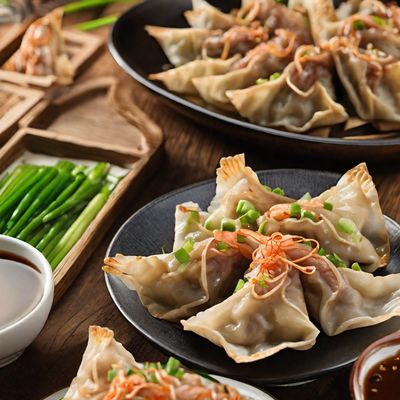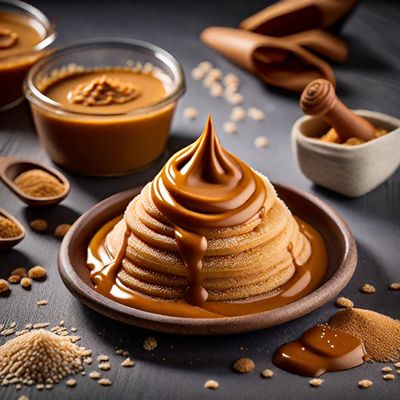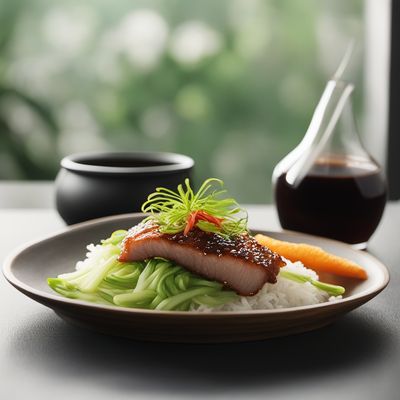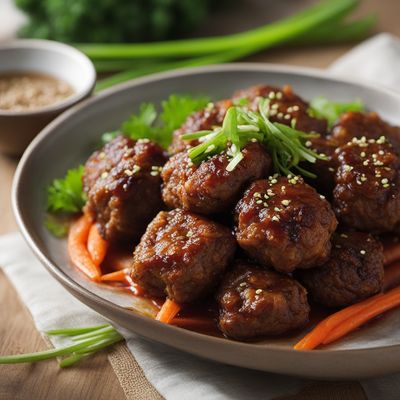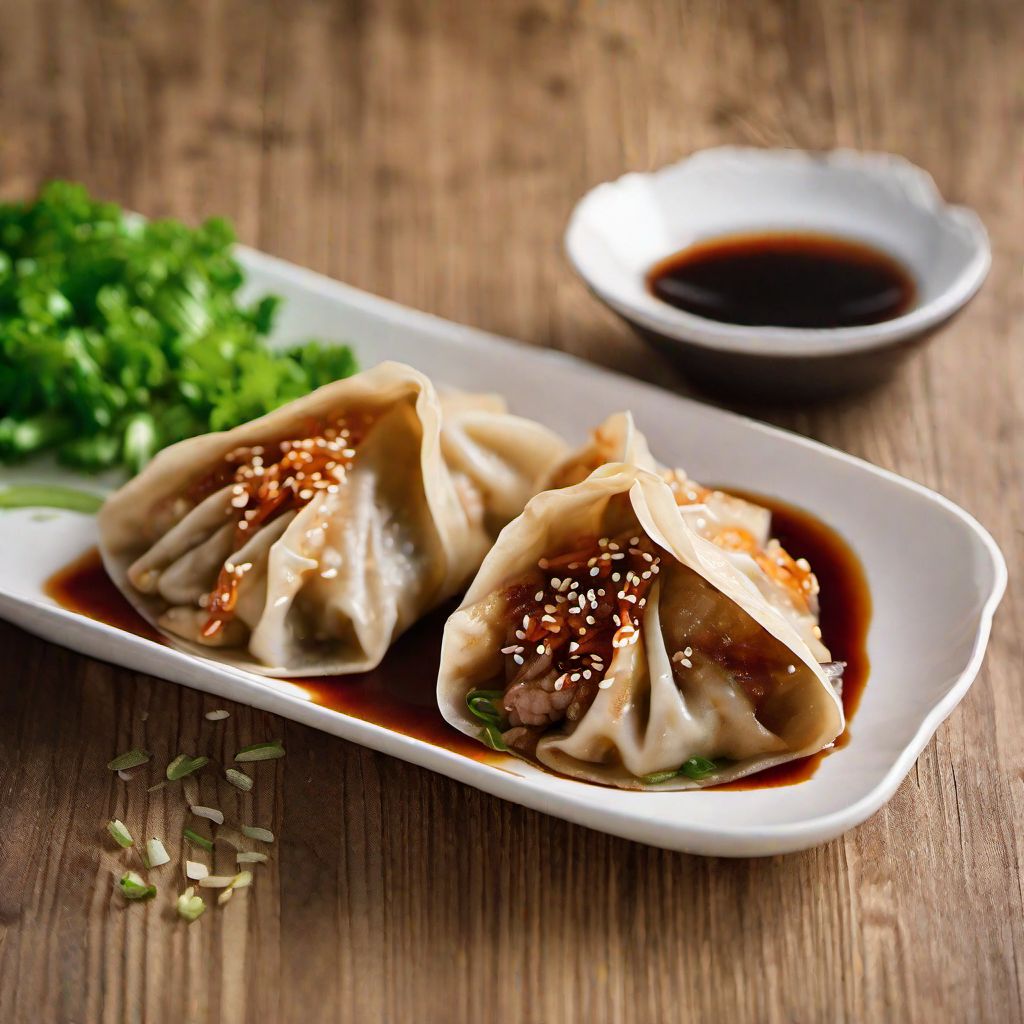
Recipe
Korean-style Gyoza
Kimchi Gyoza: A Fusion of Korean and Japanese Flavors
4.8 out of 5
In Korean cuisine, dumplings are a popular dish known as "mandu." This recipe adapts the traditional Japanese gyoza by infusing it with Korean flavors. The result is a delicious fusion of two culinary traditions, combining the delicate texture of gyoza with the spicy and tangy taste of kimchi.
Metadata
Preparation time
30 minutes
Cooking time
10 minutes
Total time
40 minutes
Yields
4 servings
Preparation difficulty
Medium
Suitable for
Omnivore, Gluten-free (if using gluten-free gyoza wrappers), Dairy-free, Low-carb (if omitting the gyoza wrappers and serving the filling as a stir-fry), Low-sodium (if reducing or omitting salt)
Allergens
Pork, Soy (in the dipping sauce), Sesame (in the dipping sauce)
Not suitable for
Vegetarian, Vegan, Paleo, Keto, Nut-free
Ingredients
The Korean-style gyoza differs from the original Japanese gyoza in its filling and seasoning. Instead of using traditional Japanese ingredients, this recipe incorporates Korean flavors such as kimchi, gochujang (red chili paste), and sesame oil. The filling is also enhanced with ingredients commonly found in Korean cuisine, giving it a unique and vibrant taste. We alse have the original recipe for Gyoza, so you can check it out.
-
1 pack of gyoza wrappers 1 pack of gyoza wrappers
-
200g (7 oz) ground pork 200g (7 oz) ground pork
-
100g (3.5 oz) kimchi, finely chopped 100g (3.5 oz) kimchi, finely chopped
-
2 green onions, finely chopped 2 green onions, finely chopped
-
1 clove garlic, minced 1 clove garlic, minced
-
1 teaspoon gochujang (red chili paste) 1 teaspoon gochujang (red chili paste)
-
1 teaspoon sesame oil 1 teaspoon sesame oil
-
1/2 teaspoon soy sauce 1/2 teaspoon soy sauce
-
1/2 teaspoon sugar 1/2 teaspoon sugar
-
1/4 teaspoon black pepper 1/4 teaspoon black pepper
-
1/4 teaspoon salt 1/4 teaspoon salt
-
Vegetable oil, for frying Vegetable oil, for frying
-
Water, for steaming Water, for steaming
Nutrition
- Calories: 250 kcal / 1046 KJ
- Fat: 12g (Saturated Fat: 3g)
- Carbohydrates: 20g (Sugar: 2g)
- Protein: 15g
- Fiber: 1g
- Salt: 1.5g
Preparation
-
1.In a mixing bowl, combine the ground pork, kimchi, green onions, garlic, gochujang, sesame oil, soy sauce, sugar, black pepper, and salt. Mix well until all the ingredients are evenly incorporated.
-
2.Place a gyoza wrapper on a clean surface and spoon about 1 tablespoon of the filling onto the center of the wrapper.
-
3.Moisten the edges of the wrapper with water and fold it in half, creating a half-moon shape. Pinch the edges together to seal the gyoza.
-
4.Repeat the process with the remaining wrappers and filling.
-
5.To pan-fry the gyoza, heat a tablespoon of vegetable oil in a non-stick skillet over medium heat. Place the gyoza in the skillet, flat side down, and cook for 2-3 minutes until the bottoms are golden brown.
-
6.Add 1/4 cup of water to the skillet and cover with a lid. Steam the gyoza for 5-6 minutes until the filling is cooked through and the wrappers are translucent.
-
7.Remove the lid and continue cooking for another 1-2 minutes to crisp up the bottoms.
-
8.Serve the Korean-style gyoza hot with a dipping sauce made of soy sauce, vinegar, and a sprinkle of sesame seeds.
Treat your ingredients with care...
- Kimchi — Make sure to finely chop the kimchi to ensure it blends well with the other ingredients.
- Gochujang — Adjust the amount of gochujang according to your spice preference. Add more for a spicier gyoza.
- Gyoza wrappers — If you can't find gyoza wrappers, you can use dumpling wrappers or even make your own from scratch.
Tips & Tricks
- To prevent the gyoza from sticking to the pan, make sure to use a non-stick skillet or a well-seasoned cast-iron pan.
- For a crispy texture, you can pan-fry the gyoza on both sides instead of steaming them.
- Serve the gyoza with a side of kimchi and a bowl of steamed rice for a complete Korean meal.
Serving advice
Serve the Korean-style gyoza as an appetizer or a main dish. Arrange them on a platter and garnish with sliced green onions and a sprinkle of sesame seeds. Serve with the dipping sauce on the side.
Presentation advice
Arrange the gyoza neatly on a plate, making sure they are evenly spaced. Drizzle a small amount of sesame oil over the gyoza for a glossy finish. Garnish with a few thin slices of red chili for a pop of color.
More recipes...
More Japanese cuisine dishes » Browse all
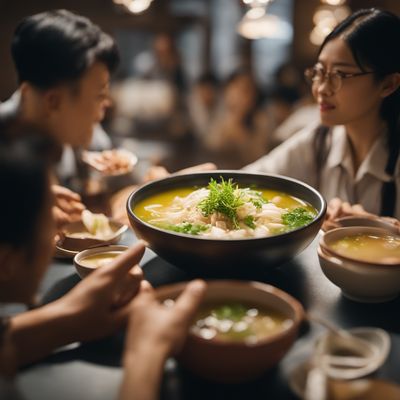
Dashi
Soup stock
Dashi is a Japanese soup stock made from simmering fish and seaweed. It is a fundamental ingredient in many Japanese dishes.
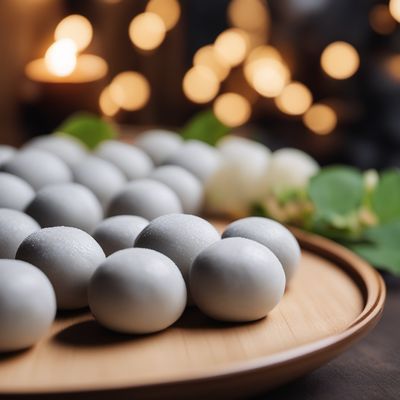
Goma dango
Goma dango is a traditional Japanese sweet that is made with mochi rice flour and black sesame seeds. It is a simple and flavorful dish that is...
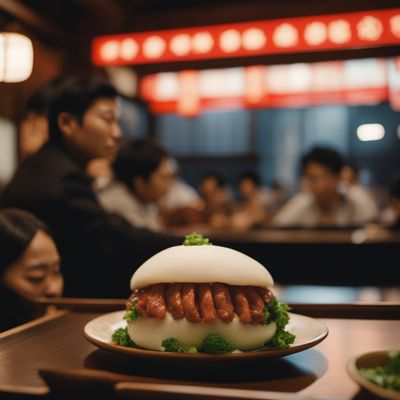
Nikuman
Nikuman is a traditional Japanese dish that is a type of steamed bun filled with meat and vegetables.
More Korean cuisine dishes » Browse all
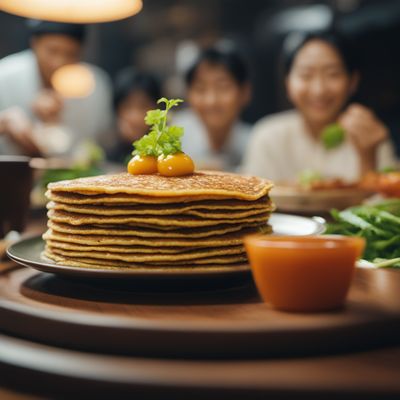
Bindaetteok
Mung bean pancake
Bindaetteok is a Korean dish that is made with mung beans and vegetables. It is a popular street food in Korea and is often served with a spicy...

Hwajeon
Hwajeon is a traditional Korean rice cake made with edible flowers and glutinous rice flour. It is a popular snack and dessert during festivals...
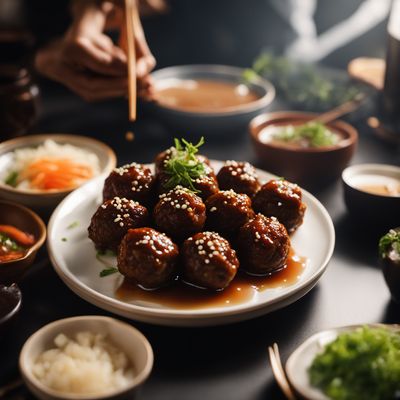
Wanja jorim
Korean meatballs with soy sauce
Wanja jorim is a Korean braised beef dish that is flavored with soy sauce, garlic, and ginger.
